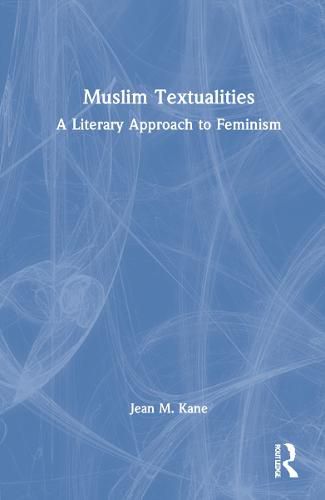Readings Newsletter
Become a Readings Member to make your shopping experience even easier.
Sign in or sign up for free!
You’re not far away from qualifying for FREE standard shipping within Australia
You’ve qualified for FREE standard shipping within Australia
The cart is loading…






In the first decade of the twenty-first century, Muslim women writers located in Europe and American entered the cultural mainstream. Literary and visual productions negotiated static visual emblems of Islam, most prominently the veil. They did so not by rejecting veiling practices, but by adapting Muslim resources, concepts and visual tradition to empowerment narratives in popular media. Mainstream reception of their works has often overlooked or misread these negotiations. Muslim Textualities argues for more flexible and capacious interpretation, with particular attention to visibility as a metaphor for political agency and to knowledge of cultural contexts. This provocative volume aims to articulate Muslim female agency through clear and accessible analysis of the theory and concepts driving the interpretation of these works. Scholars interested in the working representations of Muslim women, feminist subjectivities, and the complexities of gender roles, patriarchy, and feminism will find this volume of particular interest.
$9.00 standard shipping within Australia
FREE standard shipping within Australia for orders over $100.00
Express & International shipping calculated at checkout
In the first decade of the twenty-first century, Muslim women writers located in Europe and American entered the cultural mainstream. Literary and visual productions negotiated static visual emblems of Islam, most prominently the veil. They did so not by rejecting veiling practices, but by adapting Muslim resources, concepts and visual tradition to empowerment narratives in popular media. Mainstream reception of their works has often overlooked or misread these negotiations. Muslim Textualities argues for more flexible and capacious interpretation, with particular attention to visibility as a metaphor for political agency and to knowledge of cultural contexts. This provocative volume aims to articulate Muslim female agency through clear and accessible analysis of the theory and concepts driving the interpretation of these works. Scholars interested in the working representations of Muslim women, feminist subjectivities, and the complexities of gender roles, patriarchy, and feminism will find this volume of particular interest.